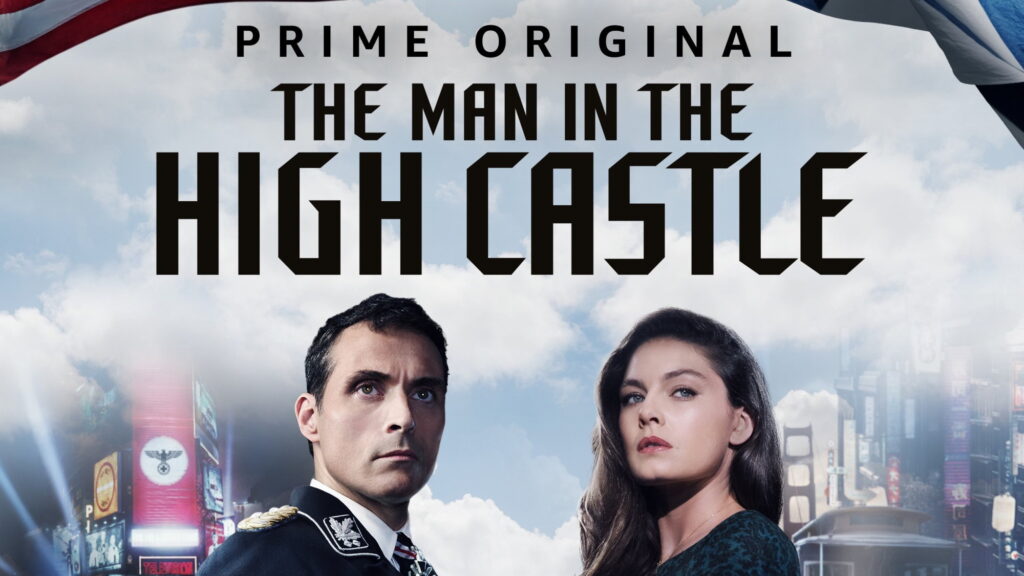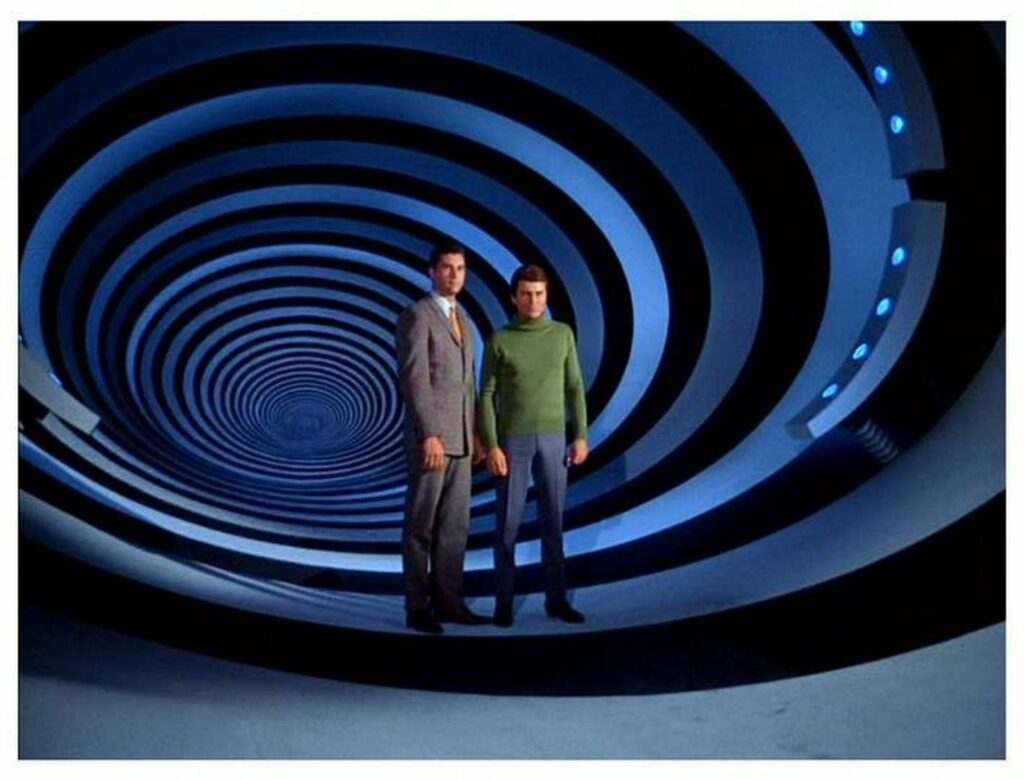
I watched the entire series and then read the book because I wanted to see the changes that were made and if they actually translated Dick’s work and ideas into the film.
In one way they did. In another, not.
Either way, for someone who only wrote novels and short stories (I think 44 and 121 respectively), Philip K. Dick must be the most remarkably successful “screenwriter” ever. At least 13 titles — either stories or novels — have been filmed and a few more adapted to the stage. His themes often play with reality but, weirdly and maybe a bit scarily, much of what he envisioned has become true. Margaret Atwood was asked how she was able to depict such horrifying dystopias like in The Handmaid’s Tale or Oryx and Crake, and she said, “I just read the newspaper.” Orwell, knowing that the title 1948 would be a mistake, switched the last two numbers to 1984 so that everybody could think it was the future, when what he was writing about was actually starting to take place. In many ways, I think Dick understood what was going on in his own time and managed to fit his vision into the future (as in Minority Report), or into alternative timelines, which this one is.
The main difference between the series and the novel is that object — the MacGuffin. In the novel, the MacGuffin is a novel. In the series, it is a set of film strips — I think 8 mm but might be 16mm I’m not sure. That is a major major difference and it has something to do with the phrase, “Seeing is believing.” In Dick’s book, the Man In The High Castle as he’s called, has written an alternative history called “The Grasshopper Lies Heavy.” I should have said first, that the United States lost World War II because it refused to get involved in the European theatre. The Nazis conquered Europe, Russia and England, then attacked Africa and finally the United States. On the other side, the Japanese attacked as well and those are the two super powers in the book: The German reich controls the East Coast and the Japanese control the west coast. Much of the mountain area is independent but poor. 15 years later, the American population has adjusted to their new circumstances and, in many respects, accepts and even admires them.
So people in the novel read this Grasshopper book and are intrigued, but nothing leads them to believe that it is anything but fiction. In the series, people watch film clips of the Nazis and Japanese being defeated by a powerful United States and they begin to believe that it may have happened. In the novel, one Japanese character seems to time travel, or alternate reality travel, toward the end of the book, but he attributes it to meditation. In the movie, alternate reality travel becomes one of the central themes and there are several reality travelers. In the book, the Nazis are colonizing Mars and possibly Venus (Dick was writing before anyone knew what was under the Venetian clouds.) In the series they are pursuing time or reality travel.

And this is what the Nazis came up with. The Time tunnel from the TV series.
Both the series and the novel end ambiguously, which is way that Dick liked his books to end.
As always with Dick, I got a little bit tired of the philosophizing, but I still admire him even though he was a homophobe and anti-abortion.
